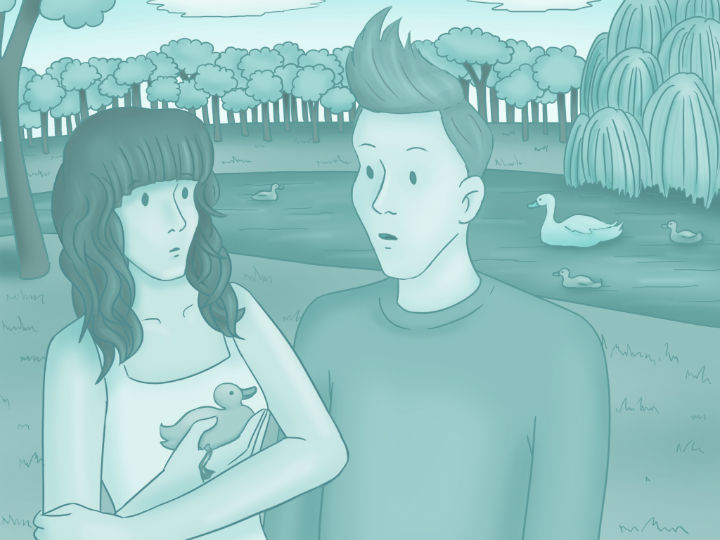3D Printing

Max and Lily had been enjoying a nice walk in Hyde Park. Max especially, was trying to get closer to Speakers’ Corner, having in mind a variety of science and technology topics he would like to analyse for anyone willing to listen. Lily on the other hand was happily strolling around, taking pictures of the birds, ducks, swans and other colourful creatures, until something weird caught her eye.
A tiny little duck seemed to be in some kind of distress. After observing it for a few moments, Lily was shocked to see that it had lost its leg. She showed it to Max and they both approached. Lily took it in her arms and asked Max if they could do something. Max, always having a problem solving mindset, came up with a great idea.
“Do you remember that 3D printing business we saw on our way here?” he asked, adding quickly that their motto was “We print everything”. If they print everything, he continued, they could print a prosthetic duck leg, couldn’t they?
“Of course we can!” a red faced man was smiling at them in a reassuring way. He was the head of the business’s prosthetics department. “We have even printed long lasting vascular networks” he added proudly. He then took a series of photos of the duck’s good leg and started to design the prosthesis. He even recommended a surgeon who could attach the leg safely.
Max and Lily discussed with him the kind of material that would make the best prosthetic leg. Plastic, metal, ceramics and wax were the main choices they had. In order to make an informed decision, they asked for more details on how 3D printing worked.
They already knew that 3D printing is a process where an object is created from scratch. Layer by layer, the printer adds material according to a 3Dpattern, until the entire object is formed. There are almost no limitations to the object’s shape.
The range and number of its applications has been astounding. Anything can be printed: from art objects, design or sculpture, to handy everyday items, like a spoon or a screw, and from jewellery or fashion accessories like printed hats, to the most complex components of aerospace or automotive devices. Some of the most extreme printings ever produced include entire houses or even… pancakes! Yes, both architecture and gastronomy have used 3D printing successfully!
3D printing also revolutionised prototyping; Product development received a boost, as creating more different versions of a new product was made easier. Consequently the optimum solution can be reached in a faster and more efficient way.
Some of the most important and unexpected applications however, are found in the fields of medicine and biology. Researchers have printed out cells from the kidneys, the liver and even the heart. Ceramic dental implants, metal hip joints and replacement knees are custom designed in great detail and the printed for each individual patient’s needs.
Now Lily was holding the little patient in her arms; unexpected it might be, but both she and Max were determined to help the duckling receive a functional new leg.
